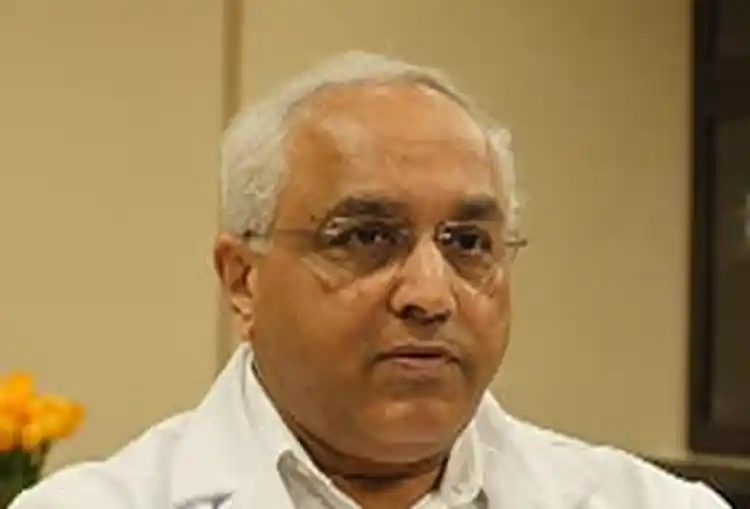What Treatment Looks Like

Hide Video Transcript
Video Transcript
Vinod F. Rustgi, MD
We've been very fortunate in this field in that the treatments we had just five years ago were not that effective and had lots of side effects, and I want to clear up the impression that people may still have. We've had tremendous advances. At this point in time, we can cure virtually everyone. It's just medications. There are no injections involved. There are virtually no side effects, and the treatments are generally about 12 weeks. Vinod F. Rustgi, MD cont.
There may be some variation on that, but it's a very short course of very effective therapy. In the worst case scenario, people who have, let's say, cirrhosis, a failing liver, may end up having to be treated for 24 weeks. And there may be fatigue and anemia as part of the treatment picture. What we're aiming for in the near future, as in the next year to two years, are even shorter courses of therapies, Vinod F. Rustgi, MD cont.
so therapies that are down to six weeks, maybe even down to four weeks. They're still pills. They will avoid the use of ribavirin, which is one of the medications that can cause anemia. We're also looking at being able to treat people that we have to avoid treatment in today, such as people with diminished kidney function or people on dialysis, many of whom have hepatitis C, Vinod F. Rustgi, MD cont.
but these new drugs will no longer be a concern, even in that context. Even though these treatments are expensive, it's important to recognize that in a 12-week course of treatment, it's a cure. The disease is gone. It doesn't recur, whereas chronic diseases, such as hypertension and diabetes, over a lifelong period of treatment are far more expensive. So looking at the cost effectiveness of these treatments, it's very much in their favor.